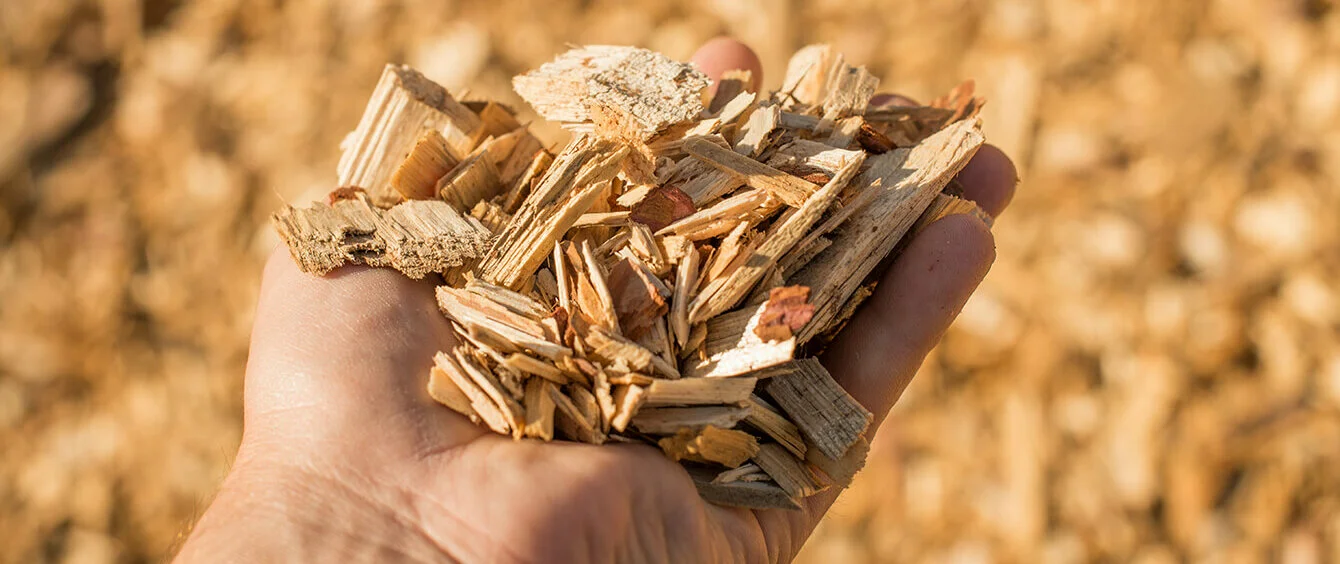The Netherlands is increasingly investing in biomass to reach its climate targets. A pilot plant has been testing sustainable processes since the summer and, in doing so, has been using wood to make bioplastics. The resulting substance, lignin, is used in power plants to generate electricity.
It is common knowledge that paper is made using wood. However, it is a less known fact that a whole host of other substances can also be made using wood – for example glucose. The technology required to do this is known as wood hydrolysis or cellulose hydrolysis. Dutch technology company Avantium has developed a process which they have been trialling since the summer in a pilot plant in Delfzijl.
In the biorefinery, biomass, such as wood shavings, is converted into glucose and lignin with the help of hydrochloric acid. The resulting sugar compounds can be used to produce high-quality plastics, replacing the need for chemical building blocks made using petroleum. Thus, what is referred to as DAWN technology makes it possible to produce plastics using renewable resources.
Lignin is responsible for lending rigidity to plant cell walls and is numbered amongst the most common compounds in the world. The substance is extracted during the process and then used by RWE as biomass to generate electricity in the Eemshaven power station. Furthermore, RWE also supports the biorefinery within a consortium.
The project aims to utilize biomass as efficiently as possible. All active substances are to be extracted and the remaining material is to be converted into electricity. An additional advantage of this new process is that the necessary biomass, wood or agricultural waste is not in competition with food production. Two factors which will become increasingly important moving forward.
The Netherlands is increasingly investing in biomass to reduce their CO2 emissions. The long-term goal is make the shift to a circular economy: the objective is to make primary feedstock renewable. Biomass could replace fossil feedstock as valuable chemical building blocks for synthetically-produced goods for this purpose. As is the case in the pilot plant in Delfzijl. Upon completion of the trials, a flagship plant is to be built, i.e. a plant which is to be commercially viable.
Photo credits: WindVector, shutterstock.com
